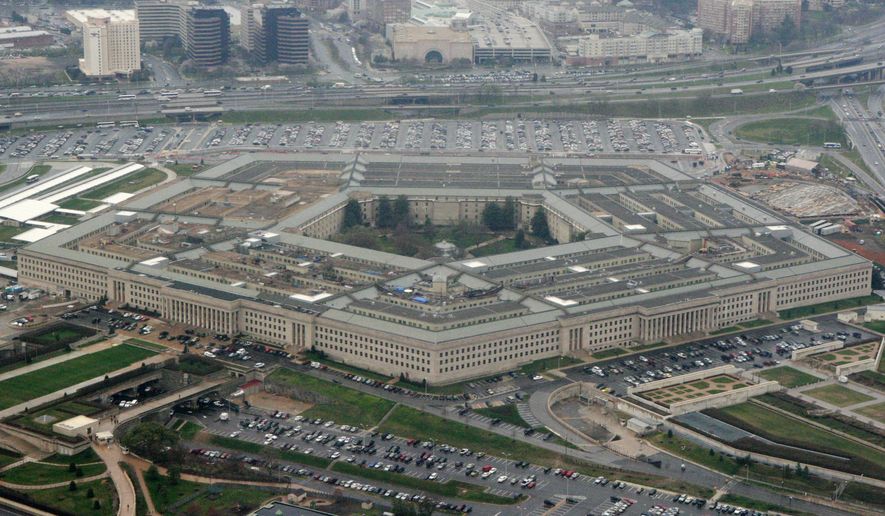China is reacting harshly to a report that the U.S. Navy is considering a classified proposal to carry out a global show of force against the Chinese military by ramping up American defense activity in the South China Sea and Taiwan Strait.
“Washington must exercise restraint, or China’s countermeasures will accelerate,” a lead editorial on the website of a key newspaper of China’s ruling Communist Party warned Thursday in response to the report by CNN that claimed U.S. combat aircraft and troops are planning a concentrated set of exercises in the region for November.
The report, which could not be immediately verified, said the exercises would show how the U.S. can counter potential adversaries quickly on several fronts, and demonstrate the right of free passage in international waters — most notably in the South China Sea, where satellite imagery has exposed the construction of Chinese military bases on disputed islands in recent years.
In response, the editorial posted Thursday on the English-language website of the Global Times newspaper in Beijing raised the following question: “Is the Pentagon about to launch a large-scale provocation around the South China Sea and the Taiwan Strait?”
“CNN’s report can’t be viewed as proof,” the editorial said. “But the report seems to confirm the U.S.’s strategic adjustment toward China. It’s highly likely that the U.S. will intensify its provocation against China.”
“Chinese society is psychologically adapting to the U.S.’s strategic adjustment,” it added. “No matter how the U.S. is reportedly exerting more pressure on China, China will not be flustered.”
The editorial went on to offer a veiled warning, suggesting Beijing will win the global perception battle in any increased military tension with Washington. “If China enhances activities to dispel U.S. warships, Washington will feel being ’provoked’ and the pressure on China will shift to the U.S.,” it said. “That is the cost the US has to pay for escalating provocations.”
Both the CNN report and the Global Times commentary highlight a worsening climate in U.S.-China military relations — a reality that was underscored this week when a Chinese warship in the South China Sea passed dangerously close to a U.S. Navy guided-missile destroyer in the most provocative between the two nations encounter in many months.
The incident occurred Sunday around 8:30 a.m. local time near Gaven Reef in the western part of the disputed Spratly Islands, which have been occupied and militarized by China. The USS Decatur, a guided missile destroyer, was sailing near the reef when it was approached by a Chinese navy Luyang-class destroyer.
Capt. Charlie Brown, a spokesman for the Pacific Fleet, said the Chinese destroyer “conducted a series of increasingly aggressive maneuvers accompanied by warnings for Decatur to depart the area.”
The destroyer, according to Capt. Brown, approached within 45 yards of the bow, forcing the warship to maneuver to avoid a collision.
“U.S. Navy ships and aircraft operate throughout the Indo-Pacific routinely, including in the South China Sea,” he said. “As we have for decades, our forces will continue to fly, sail and operate anywhere international law allows.”
The incident was captured by a Navy surveillance aircraft that appeared to be supporting the Decatur’s freedom-of-navigation operation near Gavin Reef. Aircraft surveillance photos, first published by the online maritime news outlet gCaptain.com and confirmed by a U.S. defense official, show the Chinese ship passing more like 45 feet — not 45 yards — in front of the Decatur. Capt. Brown said the distance in his statement was based on a report from the Decatur.
Senior defense officials have warned for years that such potentially dangerous encounters could produce a “miscalculation” — a diplomatic euphemism for a shootout that could set off a larger regional conflict.
The United States regards the South China Sea as international waters and has rejected China’s expansive claims to own some 90 percent of the sea through vague historical claims.
• Bill Gertz contributed to this article.
• Guy Taylor can be reached at gtaylor@washingtontimes.com.




Please read our comment policy before commenting.